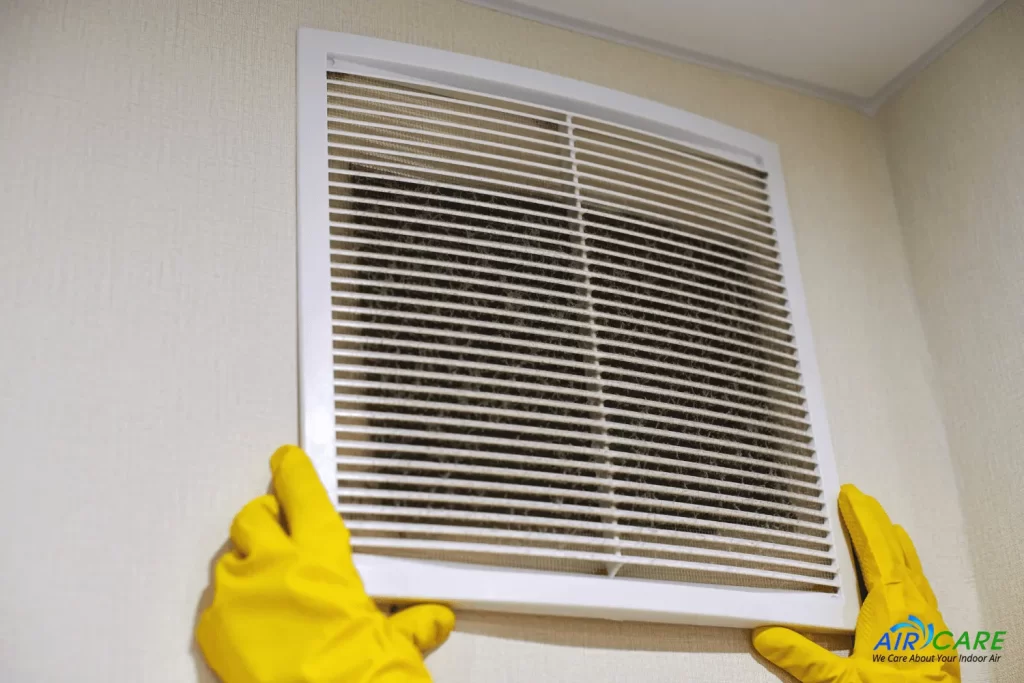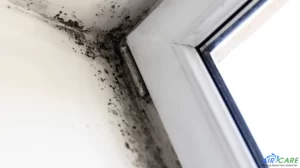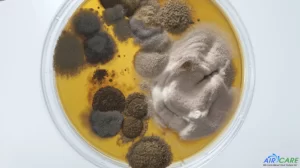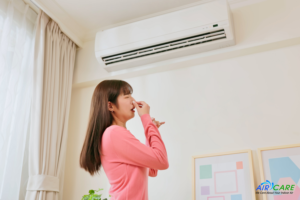Is Your Home Making You Sick? How Home Allergen Testing Can Help

Our homes are meant to be a safe haven, a place where we can relax, rejuvenate, and feel at ease. However, what if your home is actually making you sick? Many people suffer from various health issues without realizing that the culprit might be lurking right under their noses – allergens. Allergens are substances that can trigger allergic reactions in individuals, leading to symptoms such as sneezing, coughing, itchy eyes, and even respiratory problems. Identifying and controlling these allergens is crucial for maintaining a healthy living environment, and that’s where home allergen testing can play a vital role.
What Are Common Indoor Allergens?

Indoor allergens are substances that exist inside our homes and can trigger allergic reactions in susceptible individuals. Some of the most common indoor allergens include:
Dust Mites: These microscopic creatures thrive in dust and humidity, primarily in bedding, upholstered furniture, and carpets.
Mold: Mold spores can grow in damp and humid areas like bathrooms, basements, and kitchens, as well as in hidden spots like behind walls and under flooring.
Pet Dander: Tiny particles of skin, saliva, and urine shed by animals with fur or feathers can be potent allergens.
Pollen: Though typically an outdoor allergen, pollen can make its way indoors through open windows and doors or by attaching to clothing.
Cockroaches: Their saliva, droppings, and decomposing body parts can trigger allergic reactions in some individuals.
Indoor Air Pollutants: Volatile Organic Compounds (VOCs) from cleaning products, air fresheners, and paints can also cause discomfort and health issues.
Signs Your Home Might Be Making You Sick
If you or your family members experience the following symptoms, it might indicate that your home contains high levels of allergens:
Frequent sneezing, runny nose, or nasal congestion
Persistent coughing or wheezing
Skin rashes or hives
Watery or itchy eyes
Shortness of breath or difficulty breathing
Fatigue and headaches
Worsening of asthma or other respiratory conditions
Understanding the importance of identifying and reducing these allergens is vital to maintain a healthy living environment.
How Home Allergen Testing Can Help
Home allergen testing is a proactive and efficient way to assess the presence of allergens in your living space. Here’s how it can help:
Identify Allergen Sources: Allergen testing can pinpoint the specific allergens present in your home. By knowing the sources, you can take targeted actions to reduce their impact on your health.
Customized Action Plan: With the results of the allergen testing, you can create a personalized action plan to minimize allergen exposure. This may include better cleaning practices, using air purifiers, improving ventilation, and making adjustments to your pet care routine.
Improve Indoor Air Quality: Home allergen testing can help you identify indoor air pollutants, like VOCs, that can impact your health over time. Taking steps to improve indoor air quality can lead to better overall well-being.
Asthma Management: For individuals with asthma, knowing the specific triggers can significantly improve asthma management. Identifying and reducing exposure to allergens can help prevent asthma attacks and enhance daily living.
Peace of Mind: Home allergen testing can provide peace of mind, especially if you have been experiencing unexplained health issues. It allows you to take control of your living environment and create a healthier space for yourself and your loved ones.
Conclusion
The importance of a healthy home cannot be overstated. Allergens present in indoor environments can have a profound impact on our health, leading to a range of uncomfortable symptoms and exacerbating existing conditions. Home allergen testing provides valuable insights into the allergens present in your living space, allowing you to take targeted actions to reduce exposure and improve indoor air quality.
Remember that while allergen testing is a crucial step, it’s equally important to maintain good cleaning practices, control humidity levels, and regularly replace air filters in your home. By combining these efforts, you can create a healthy and allergen-free environment, promoting the well-being and comfort of everyone in your household.
Get in touch
- (610) 890-6300
- info@aircareonline.com
- https://aircareonline.com
- 1510 Gary Street, Unit 1 Bethlehem, PA 18018
- Monday - Friday: 8:30 am - 4:30 pm Evenings and Saturdays: By appointment only









